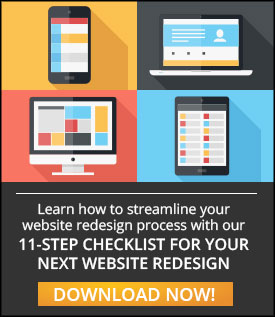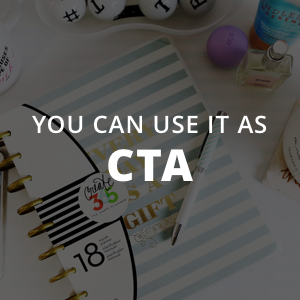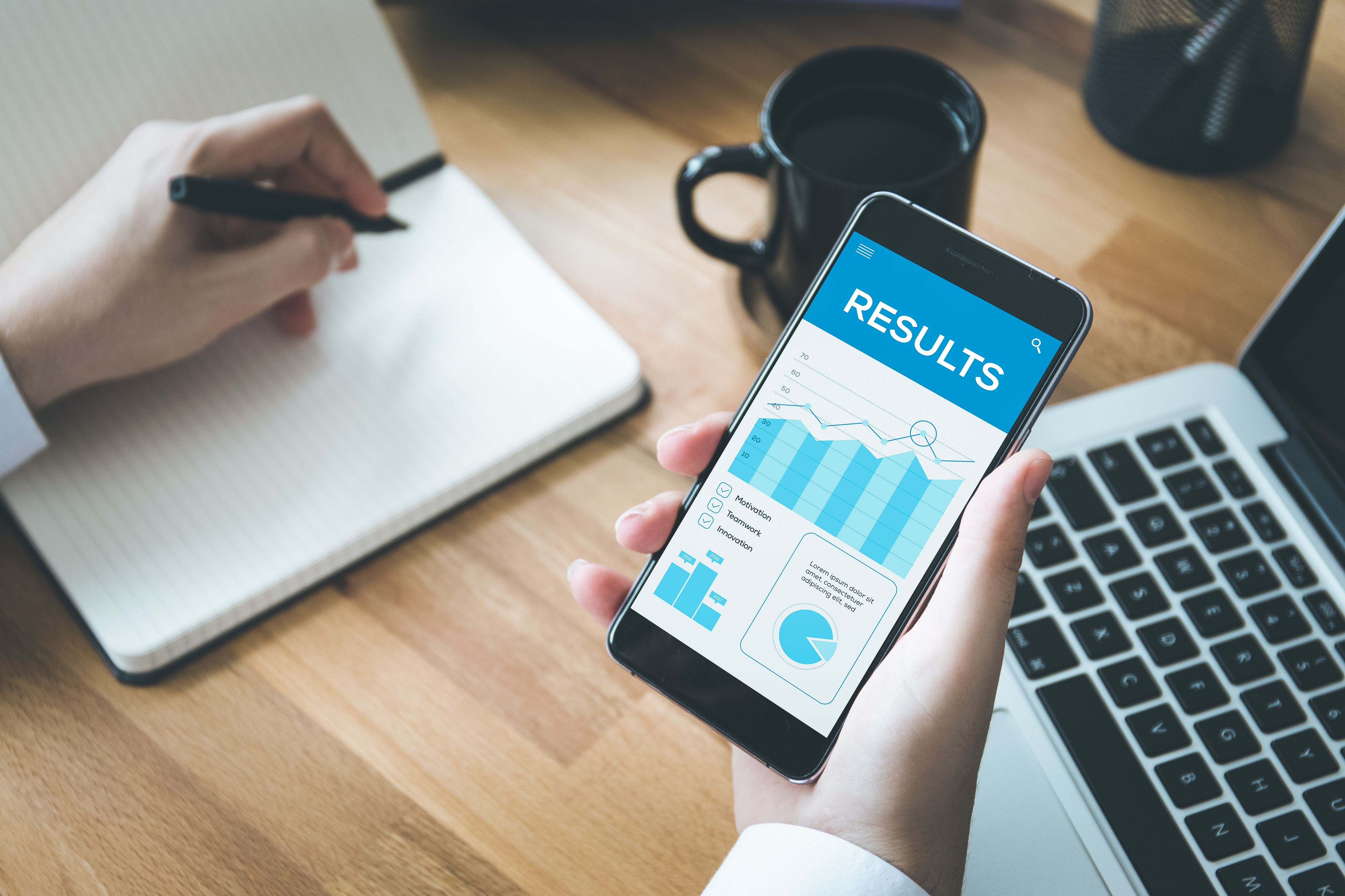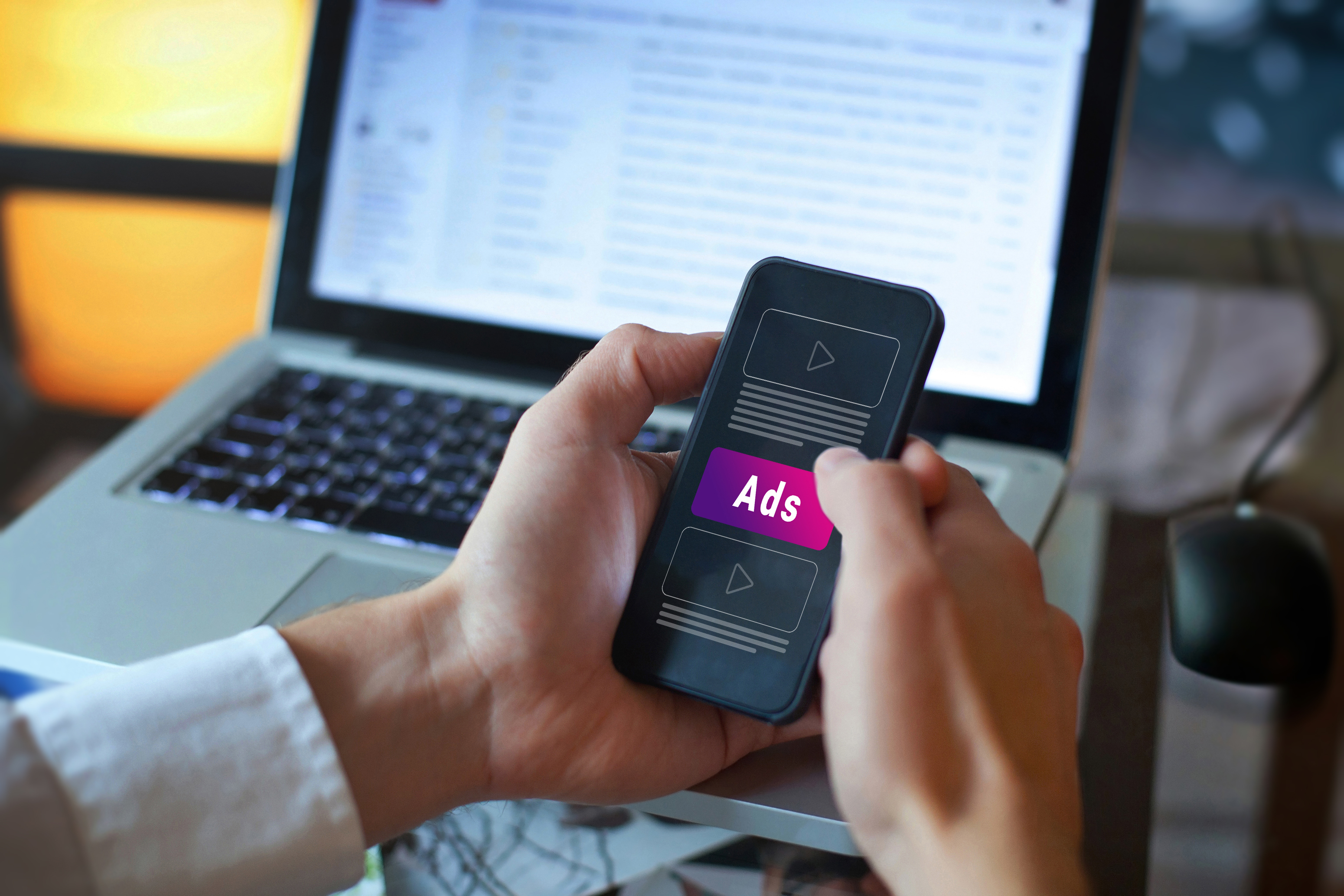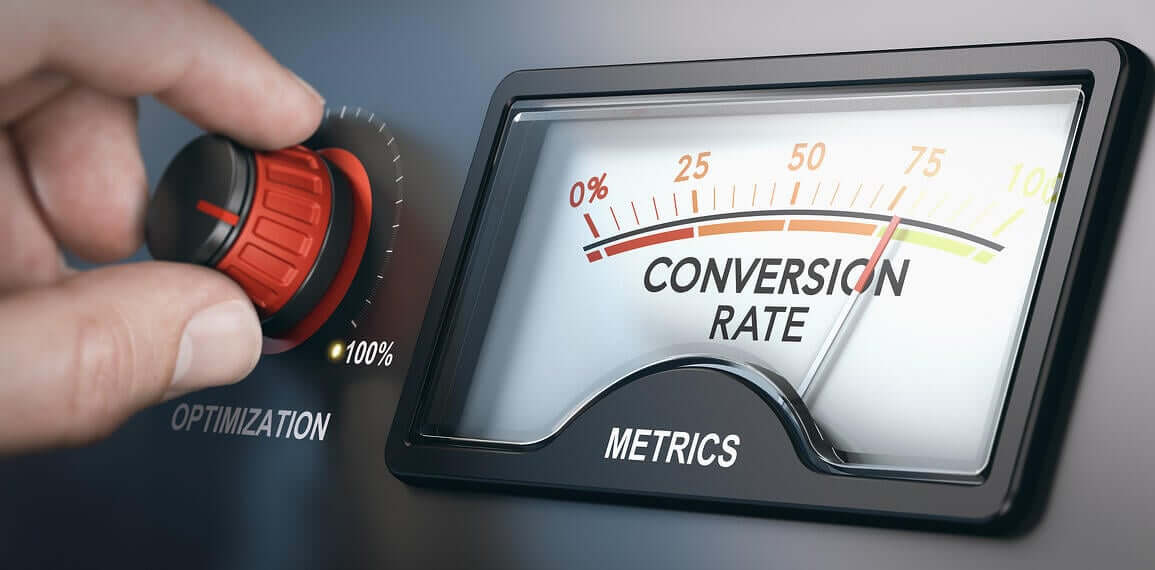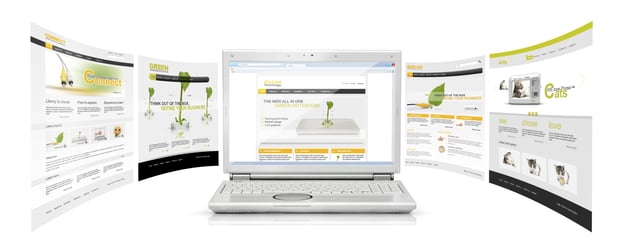
Creating, developing and deploying a full website is not an easy task. Many business owners and marketing directors/managers usually find themselves trying to understand all the different possibilities to develop a site, and end up scratching their heads puzzled by this question: how would it ultimately work?
One of those possibilities is WordPress. But working with WordPress can be as easy or as complex as your programmer decides. There are a couple of things you need to understand from the very beginning to be able to discern what your programmer is talking about and then decide whether it works for your overall strategy:
>> Thinking about redesigning your website? Download your 11-step website redesign checklist!
- What is a WordPress theme: A theme is a set of files used to determine the visual look and feel of your website. Themes include information about the general structure and layout of your site, as well as other content such as headers, footers, text and images. Themes also allow you to control the overall functionalities such as navigation features and other user interactions such as form submissions and such.
- What type of theme should I get: There are a bazillion different themes out there, free and premium. There are quite a few good free themes, but premium ones will always give you more flexibility in terms of design, documentation and support. Of course, a custom theme should always be your preferred route as you can have more control in terms of the quality of the front end as well as the CMS.
- Theme loading speed: the time your site takes to load can improve or negatively affect the general user experience of your website as well as search engine rankings. Make sure your theme is not too feature-heavy (things flying around, in and out or 30-images sliders), uses web-optimized images and keeps a clean code
- Theme design and UX: Your design will affect your website marketing objectives a lot. A well thought-out design and UX strategy will allow you to decide placement of imagery, text and other CTAs (calls to action) in your layout. This will help you optimize the user's journey and buying time and cycle.
- Responsiveness: With most of us on-the-go, your theme should be able to deliver your site on all platforms without losing quality of content or ease of use. This is pretty much mandatory for all and any website since Google announced their new mobile algorithm. If you're unsure if you're current theme or site is responsive, visit Google's new mobile friendly test.
- Customization: A good customization panel should allow anyone without coding knowledge to make simple style, text and image edits. More in depth customization panels allow the admin to easily build complex page structures without having to touch code
>> If you're ready to take your website to the next level, download our 11-Step Checklist For Your Next Website Redesign
Conclusion
In web design, WordPress is a very powerful and easy-to-use-tool if you know what you're doing. This means that, like any other website approach, themes should be built with quality in mind. Obviously, a website is a very organic entity, which makes no theme perfect, and you’ll almost always have to make some compromises.
Hopefully, this post has given you more information to understand what a WordPress theme is and what to have in mind when creating one so it includes the features that your business really needs, not necessarily the features that you want.
